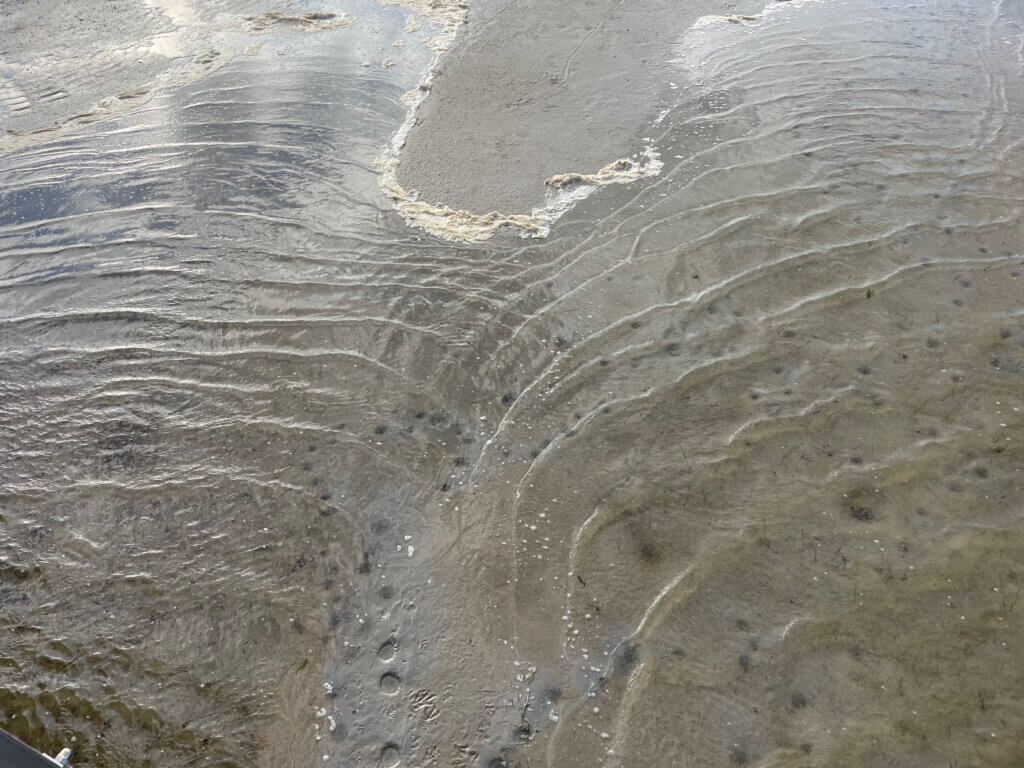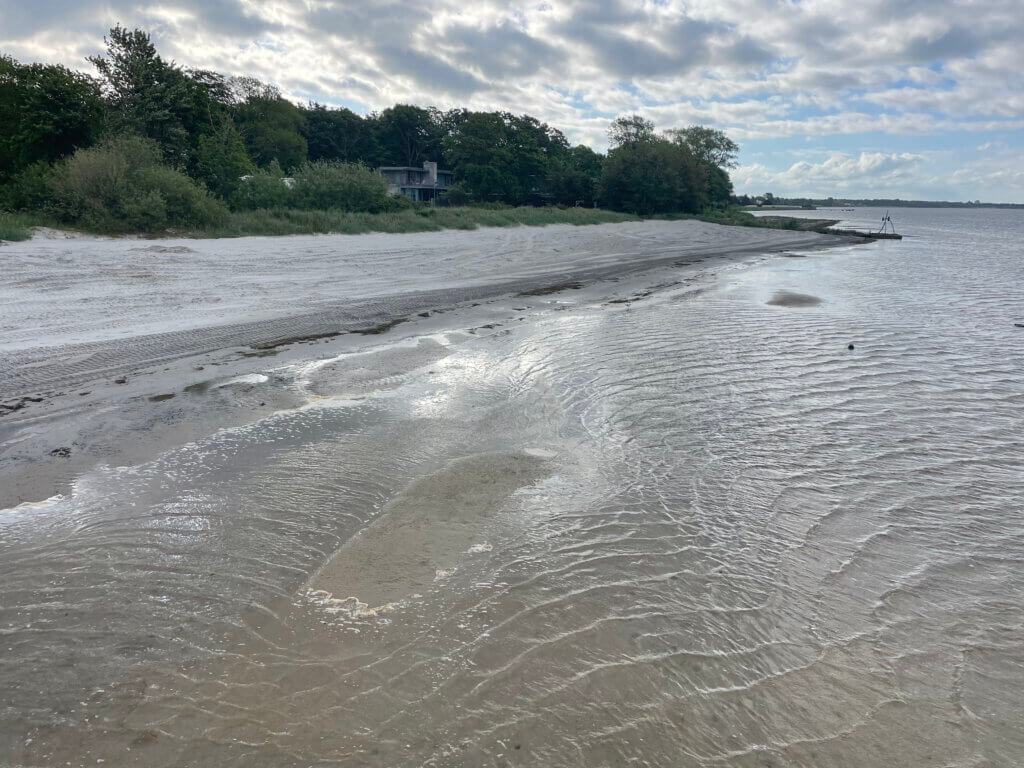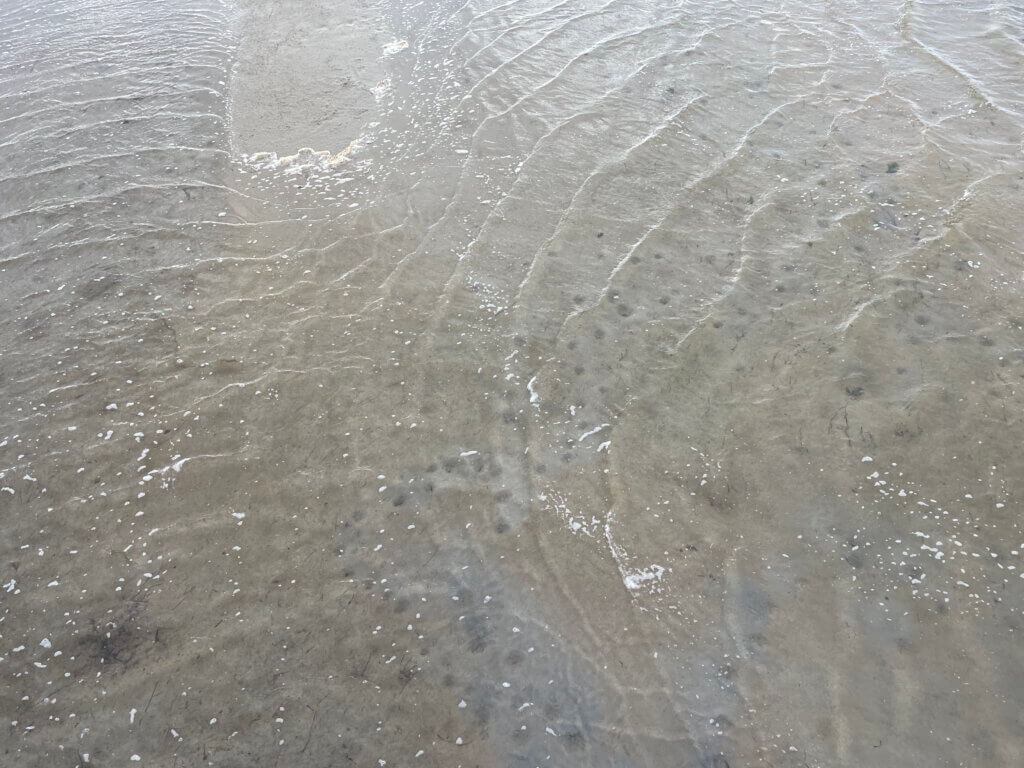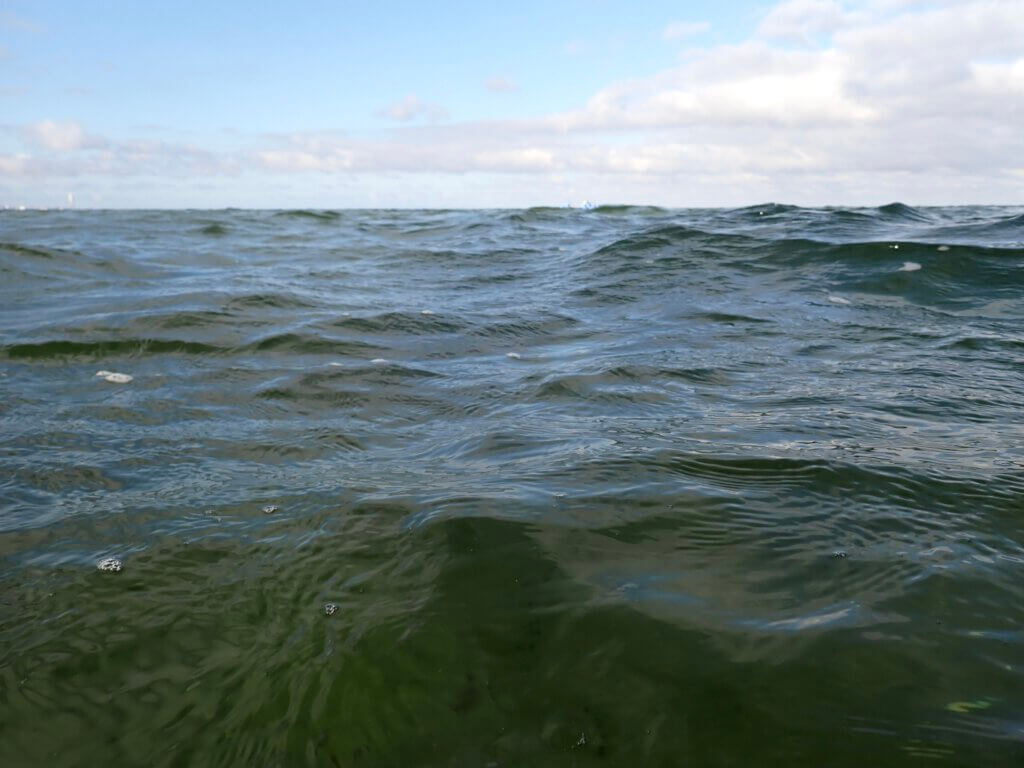
Currently reading Wenger et al. (2011) on “Promoting and assessing value creation in communities and networks: A conceptual framework”
You might associate the name “Wenger” with Communities of Practice, as do I. So then it’s very interesting to read Wenger et al. (2011), where they distinguish between a community (of practice — a learning partnership in a specific domain with a shared identity and commitment to learning together) and a network (which is about the personal connections between people; nodes and links). Both can work well for learning, but in very different ways. I summarize this, and their framework for value creation, below.
I looked into this article because the framework described below is the one used in the evaluation of MOOCs I discuss here, and you know I cannot resist a good rabbit hole. But what drew me in was that they write that “[t]he danger of network is noise and diffusion. Connectivity as a learning resource has its price. Expanding connectivity increases the chance of useful access, but it also increases the level of “noise.” And while networking does not require a commitment to a communal domain, it does require maintenance of connections and the ability to distinguish between significance and noise.” This resonates with me so much! I have too much noise and diffusion in my life right now — two employments in two countries, lots of connections on lots of different topics, related to one or both or none — and maintaining the connections and distinguishing between significance and noise just costs more energy than I currently have. Maybe working through the summer was not a good idea after all? Anyway, I want the community, the commitment to a shared identity of learning together in a specific domain, at the same time the networking and forming lots of connections comes very natural to me, and it is difficult to tone it down to conserve energy.
Communities and networks, Wenger et al. (2011) explain, are formed in different ways and need different types of “cultivation work“: Community needs partnership, trust, commitment and identity around a common goal, so a lot of the cultivation work is about realising who members of the community are, what they bring to the table, and what they can achieve by learning together. Networks, however, need to “optimize the connectivity among people“, to bring in more people, strengthen existing connections and create new ones with the goal of creating potential for new and unexpected things to develop.
Wenger et al. (2011) give a very helpful example for what they mean with the differences in cultivation work: In some web-based discussions (somehow I am thinking email discussion groups, maybe because there were a lot of those back in 2011), there are a lot of questions being asked that don’t get good, or any, responses. A community approach to fixing that would be about sharpening the shared identity so that people will a) ask things that are actually relevant within that community, b) other people will have the knowledge and skills to respond, and c) everybody will actually want to respond and read because they feel that it is interesting because it contributes to learning together. A network approach, on the other hand, would be to either directly ping the experts to answer to the questions that match their expertise, or invite more people to make it more likely that someone can and wants to respond to whatever questions come up.
But communities and networks are not mutually exclusive, very often both exist in parallel, and often it is good to make sure to balance the shared identity with the many connections and fast information flow, to make sure communties don’t become stale, closed-off and inward-looking, and networks actually learn together.
There are two facets to the narratives that exist about groups and networks: The “accounts” about what has happened so far and is currently happening, and the “aspirations“, the intentions and hopes and dreams of value to be produced. There is some tension between the two facets, but that is where learning and value creation can actually happen.
Wenger et al. (2011) define 5 cycles of value creation
1. Immediate value: Activities and interactions
In a community, this could be about giving or receiving help, in a network about making a new connection.
2. Potential value: Knowledge capital
This is “good to have” even if never applied, like knowing about first aid is good even if you hopefully never come into a situation where you will need to act on it.
- Personal assets (human capital): something that a participant has gained directly: inspiration or knowledge, information or perspective, care or status
- Relationships and connections (social capital): knowing who to ask for help and who to trust, reputation that can be leveraged, companionship in face of a challenging situation
- Resources (tangible capital): access to resources of all kinds: information, technology, tools, procedures, …
- Collective intangible assets (reputational capital): reputation of the network or profession that puts everybody in a better position to achieve their goals
- Transformed ability to learn (learning capital): having learnt to learn in a different way that can be transferred to other contexts
3. Applied value: Changes in practice
Applied value is about applying knowledge capital and putting it into practice. Using the tool, calling a connection, implementing a suggestion, …
4. Realized value: Performance improvement
Realized value is about actual changes in performance: “reflect on what effects the application of knowledge capital is having on the achievement of what matters to stakeholders, including members who apply a new practice”
5. Reframing value: Redefining success
Reframing value is about reconsidering what success means. This can lead to a change in metrics of how success is measured, in changed routines and policies to create a new framework
What I find really interesting about the five cycles is that they are not run through linearly (learning never is linear, after all), don’t necessarily follow from each other, and are also not necessarily equally important to everybody: “Facilitators may be more interested in successful activities or the production of outputs (cycles 1 and 2). Members might care about solutions to challenges in their practice (cycle 3) and definition of success (cycle 5). Managers might be most interested in performance (cycle 4)“.
Wenger et al. (2011) suggest indicators and potential data sources to evaluate the success of each cycle, so this article is a great resource to come back to when actually considering an evaluation!
But what I got hung up on is this
Value creation stories: Questions for interviews or to prod story telling
Wenger et al. (2011) suggest the following questions for interviews or to prompt people when telling stories about value created in a specific context:
1. What meaningful activities did you participate in?
2. What specific insights did you gain? What access to useful information or material?
3. How did this influence your practice? What did it enable that would not have happened otherwise?
4a. What difference did it make to your performance? How did this contribute to your personal/professional development?
4b. How did this contribute to the goal of the organization? Qualitatively? Quantitatively?
5. Has this changed your or some other stakeholder’s understanding of what matters?
I can totally see how these are incredibly useful to elicit narratives of how people think about a community, learning opportunity, event, and to also then structure that to create a coherent narrative! Now I want to go and try that!
Wenger, E., Trayner, B., & De Laat, M. (2011). Promoting and assessing value creation in communities and networks: A conceptual framework. Available online at https://www.betterevaluation.org/sites/default/files/Wenger_Trayner_DeLaat_Value_creation.pdf
Here are some wave watching pics from a dip a while ago.
I always love watching waves propagate around obstacles!
And then the interference where they meet again on the other side, the deflections, the whole thing
But of course the very best is to actually be in the water and look at all those cool structures!



